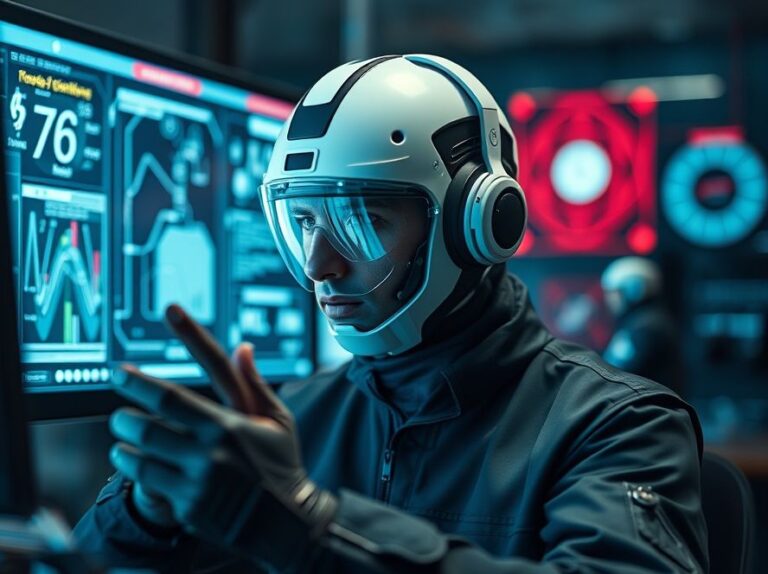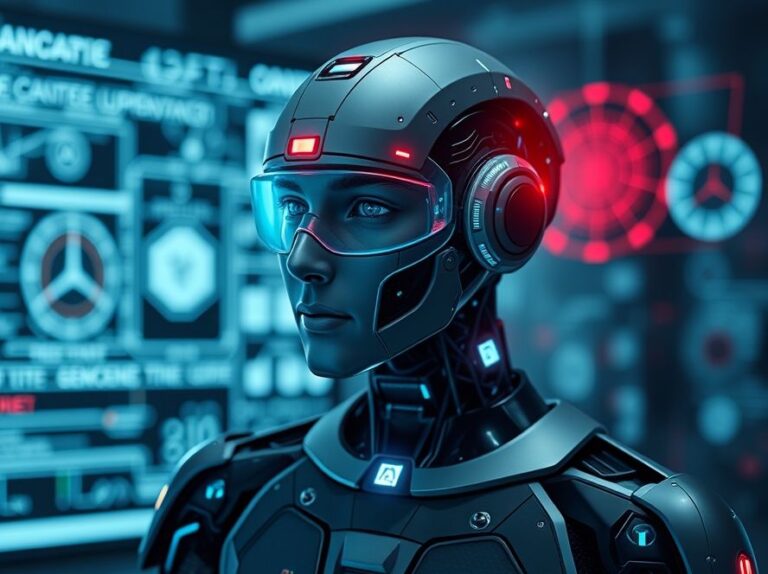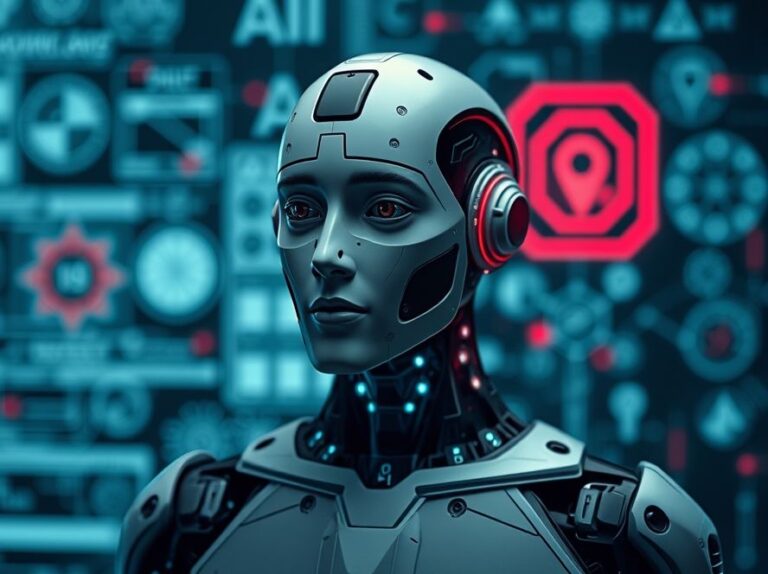Understanding Reinforcement Learning
Reinforcement Learning (RL) is a revolutionary approach in the field of artificial intelligence where an agent learns to make decisions by interacting with an environment. It is based on the idea of learning from the consequences of actions rather than from explicit instructions. This method involves trial and error, where the agent receives rewards or penalties based on its actions, ultimately leading to improved decision-making over time.
The Importance of Reinforcement Learning
Reinforcement Learning has gained immense importance in recent years due to its applications in various sectors, including robotics, gaming, finance, and healthcare. The ability of RL systems to improve autonomously makes them invaluable in scenarios where traditional programming is inadequate. For instance, in robotics, RL enables robots to learn complex tasks such as navigation and manipulation through exploration rather than pre-defined rules.
Key Concepts in Reinforcement Learning
To fully understand Reinforcement Learning, it is essential to grasp some fundamental concepts:
- Agent: The learner or decision-maker that interacts with the environment.
- Environment: The context within which the agent operates, encompassing everything the agent can interact with.
- Actions: The choices available to the agent to affect the environment.
- Rewards: Feedback from the environment, indicating the success of an action.
- Policy: A strategy that the agent employs to determine actions based on the current state.
- Value Function: A prediction of future rewards based on the current state and action taken.
How Reinforcement Learning Works
The process of Reinforcement Learning can be broken down into several key stages:
- Initialization: The agent starts with no knowledge of the environment.
- Exploration: The agent takes random actions to explore different states of the environment.
- Exploitation: The agent uses its current knowledge to maximize rewards by selecting actions that have previously yielded high rewards.
- Learning: The agent updates its policy and value functions based on the feedback received from the environment.
- Iteration: Steps 2-4 are repeated over many episodes, leading to improved performance.
Real-World Applications of Reinforcement Learning
The practical applications of Reinforcement Learning are vast and varied. Here are a few notable examples:
- Gaming: RL has been famously used in games like AlphaGo, where it defeated world champions in the game of Go by learning through self-play.
- Autonomous Vehicles: RL helps in teaching self-driving cars to navigate complex environments by learning from both successes and failures during driving.
- Healthcare: In personalized medicine, RL can optimize treatment plans by learning the best interventions based on patient responses over time.
- Finance: RL is applied in algorithmic trading, where agents learn to make investment decisions by analyzing various market conditions.
Practical Implementation of Reinforcement Learning
Implementing Reinforcement Learning in your projects can seem daunting, but by following a structured approach, you can transform theory into practice:
- Define the Problem: Clearly outline the problem you want to solve with RL.
- Select an Environment: Choose or create an environment where the agent will operate. OpenAI’s Gym is a popular toolkit for developing and comparing RL algorithms.
- Choose an Algorithm: Select an RL algorithm suitable for your problem, such as Q-learning, Deep Q-Networks (DQN), or Proximal Policy Optimization (PPO).
- Train the Agent: Allow the agent to learn through exploration and exploitation, adjusting parameters as necessary.
- Evaluate Performance: Test the agent’s performance and refine the model based on results.
Related Concepts in Reinforcement Learning
Understanding Reinforcement Learning also involves familiarity with related concepts:
- Supervised Learning: Unlike RL, supervised learning involves training a model on labeled data.
- Unsupervised Learning: This approach seeks to find hidden patterns in data without labeled outcomes, contrasting with the reward-based nature of RL.
- Deep Learning: A subset of machine learning that uses neural networks, often integrated with RL to create Deep Reinforcement Learning.
Conclusion: The Future of Reinforcement Learning
Reinforcement Learning is a powerful tool that has transformed how machines learn and adapt. Its ability to learn from experience and optimize performance opens up new frontiers in technology. As we continue to innovate and apply RL in various fields, the potential for groundbreaking advancements is limitless. Whether you’re a beginner looking to understand the basics or a professional seeking to implement RL in real-world applications, the journey into Reinforcement Learning offers endless opportunities for exploration and growth.
Reflect on how you can apply the principles of Reinforcement Learning in your own projects or areas of interest. The future is bright for those willing to embrace this innovative approach to learning.









